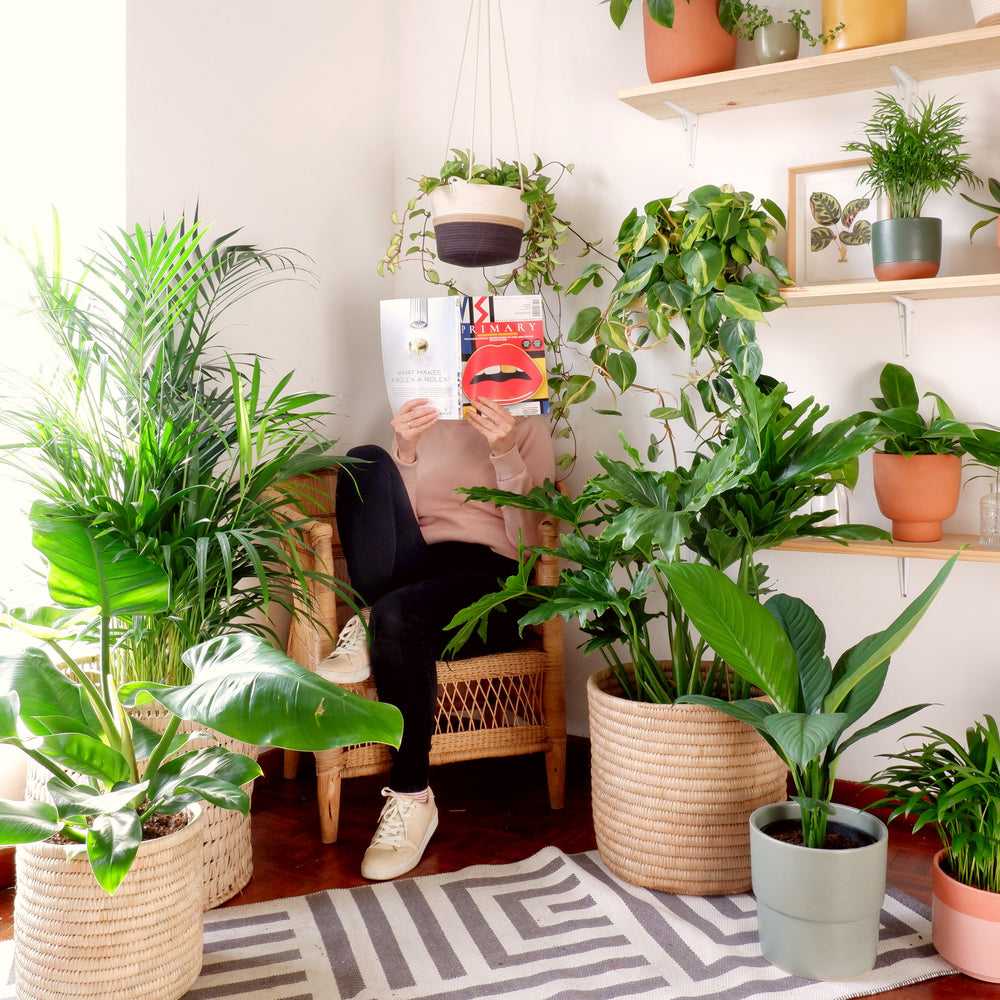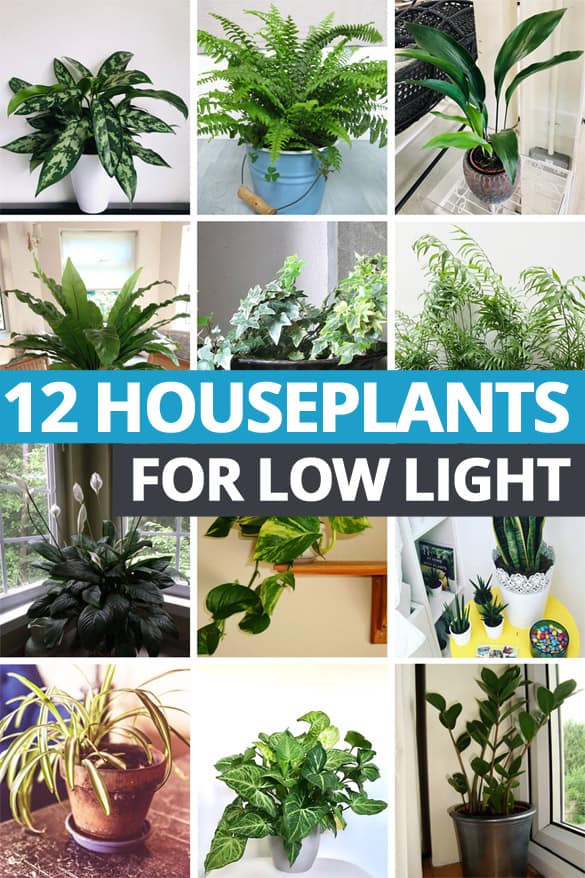Where to Place the Best Low-Light Indoor Plants in Your Home for Maximum Impact
Where to Place the Best Low-Light Indoor Plants in Your Home for Maximum Impact
Blog Article
Discover the Unique Advantages of Low-Light Indoor Plants for Your Living Space
Integrating low-light interior plants into your space uses a wide range of advantages that expand much beyond simple appearances. These hardy plants not just grow in environments with limited sunshine yet additionally serve essential features such as air purification and moisture enhancement. They can positively affect your state of mind and general well-being while needing very little upkeep. As you consider the transformative potential of these plants, it ends up being vital to explore exactly how their special features can customize your atmosphere to better serve your lifestyle. What specific benefits might reverberate most with your personal space?
Air Filtration Benefits
Low-light indoor plants not just improve the aesthetic allure of living areas but additionally play a considerable role in air filtration. Research study has actually demonstrated that particular plant types can efficiently get rid of common interior contaminants, including benzene, formaldehyde, and trichloroethylene. These substances commonly emanate from family products such as furniture, cleansing items, and structure materials, adding to interior air quality problems.
Plants such as the serpent plant, pothos, and tranquility lily are especially proficient at filtering system dangerous substances from the air while prospering in low-light conditions. The process of phytoremediation, in which plants soak up and metabolize toxic substances, enables these types to contribute considerably to a much healthier interior atmosphere. Additionally, with photosynthesis, plants release oxygen, even more improving air high quality.
Including low-light interior plants into office or home areas not just gives visual benefits however additionally acts as a sensible approach for boosting air quality. By choosing the right varieties, individuals can create an environment that advertises wellness and minimizes direct exposure to hazardous pollutants, making these plants a crucial element in contemporary interior living.
:max_bytes(150000):strip_icc()/lowlightplants01-e6ce112597f74b538fc83e28a39bf23b.jpg)
Mood Improvement Impacts
Numerous researches have revealed that incorporating indoor plants can considerably enhance state of mind and general mental well-being. The presence of greenery in interior environments has actually been linked to decreased stress degrees, raised sensations of calmness, and boosted psychological health. Low-light indoor plants, specifically, thrive in atmospheres where natural light is limited, making them excellent for numerous living areas.
Study shows that communicating with plants can boost the release of serotonin, a neurotransmitter connected with feelings of joy and well-being. Furthermore, the act of looking after plants cultivates a sense of duty and success, more adding to favorable mental health and wellness outcomes. Low-light plants such as snake plants, pothos, and tranquility lilies have been shown to improve air top quality, which is fundamentally connected to mood enhancement.
Integrating these plants into your office or home can produce a peaceful ambience, supplying a aesthetic and sensory getaway from the hustle and bustle of every day life - Best low-light indoor plants. As people invest boosting quantities of time inside, the mood-enhancing impacts of low-light indoor plants come to be even a lot more vital, offering not just aesthetic appeal however also an extensive effect on psychological health
Low Maintenance Requirements
For those looking for to boost their indoor areas without a considerable time commitment, low-light indoor plants are a perfect choice due to their reduced upkeep requirements. These durable plants thrive in less-than-ideal lights problems, making them link ideal for workplaces and homes where natural sunlight is limited.

Pest resistance is another benefit of low-light interior plants. Lots of ranges are much less susceptible to common parasites, lowering the need for consistent surveillance and intervention. In addition, these plants generally expand more gradually than their high-light counterparts, indicating less regular repotting and trimming are needed.
Visual Charm and Convenience

Additionally, these plants can be organized in myriad ways, whether in groups for a lavish impact or as standalone attributes to draw the eye. The selections of planter designs-- from sleek ceramic pots to rustic wooden containers-- better enhance their aesthetic value, enabling house owners to reveal their personal design.
In addition, low-light plants can be purposefully positioned in areas that may or else feel ignored, such as edges or poorly lit racks, thereby maximizing their decorative potential. Inevitably, the combination of their striking look and adaptability makes low-light indoor plants a valuable addition to any kind of living area, creating a welcoming environment that advertises wellness and relaxation.
Enhanced Moisture Degrees
Enhancing interior moisture degrees is among the significant advantages of incorporating low-light indoor plants right into living areas. These plants naturally launch dampness vapor via a process referred to as transpiration, which happens when water absorbed by the origins moves via the plant and evaporates from the fallen leaves. This procedure not just enhances humidity yet additionally adds to a much healthier click for source indoor environment.
Better moisture degrees can ease various health and wellness problems, such as completely dry skin, respiratory troubles, and allergies. Several people experience discomfort in arid indoor conditions, particularly throughout cold weather when heating unit are in usage. By tactically placing low-light plants throughout your home, you can develop an extra well balanced humidity degree that cultivates total well-being.
In addition, particular low-light indoor plants, like tranquility lilies and spider plants, navigate here are particularly effective at boosting humidity (Best low-light indoor plants). Thus, low-light indoor plants offer both practical and visual objectives, advertising a healthier atmosphere.
Verdict
In recap, low-light indoor plants provide numerous benefits that contribute to a much healthier and more welcoming living room. Including these resilient plants into interior setups not just elevates the setting yet additionally advertises overall wellness, establishing a peaceful shelter for homeowners.
Plants such as the snake plant, pothos, and peace lily are especially experienced at filtering system hazardous compounds from the air while prospering in low-light conditions. Low-light plants such as snake plants, pothos, and peace lilies have actually been shown to improve air top quality, which is fundamentally linked to state of mind improvement.
Low-light interior plants, such as serpent plants, pothos, and ZZ plants, not just boost the visual landscape of a room however additionally present different structures and shades of eco-friendly that can match varied indoor styles. These plants naturally launch dampness vapor through a procedure recognized as transpiration, which occurs when water taken in by the roots moves with the plant and evaporates from the leaves.Additionally, specific low-light interior plants, like peace lilies and crawler plants, are specifically efficient at raising moisture.
Report this page